The “town” of Atlanta is located on the south side of a wide, glacial outwash basin beneath the 3,700-foot serrated south face of Greylock Mountain. The geologic block of the Sawtooth Mountains was uplifted along the Montezuma Fault that is located just east of town. Significant movement along the fault over time has resulted in the very abrupt and impressive rise of Greylock Mountain and the western edge of the Sawtooths range over the Atlanta valley. The Queens River Valley and trailhead are located just to the north. Though uninhabited, it has very similar characteristics to the Atlanta valley and is a jumping-off point for many Atlanta-based hikes and explorations.
Because Atlanta is so remote and getting there takes three to four hours from the surrounding towns and cities, this overview is intended to help visitors make the most of their visit. Note that the area experienced wildfires in 2013 and resulting landslides that washed out portions of the Middle Fork of the Boise River Road. The southern route into Atlanta via Pine/Featherville requires high clearance four-weel drive. Check road conditions before choosing a route.
Getting There
Atlanta is located about 60 aerial miles northeast of Boise on the southwest corner of the Sawtooth Wilderness. There are three primary routes into Atlanta, though which one you take depends on the point of origin and what kind of vehicle you are driving. The easiest and most common route to Atlanta starts at the Edna Creek/Crooked River Road off of Highway 21. To get here it is 73.7 miles from Stanley (15.7 miles south from Lowman) or 58.2 miles from Boise. Once you turn onto the Crooked River Road, the route is well marked to Atlanta, 41.5 miles on dirt roads. This route is passable for full-sized motorhomes, but it can be very washboarded and slow (total mileage is 127.9 from Stanley and 99.7 from Boise).
There is also a road that follows the entire length of the Middle Fork of the Boise River from the Arrowrock Dam. This route is maintained throughout the winter, but it follows 67 miles of winding dirt roads (total mileage is 99 miles from Boise). Finally, you can approach from the south by driving to Featherville from Highway 20 and then over the James Creek Road. The final 23 miles from Featherville follows the original mining road into Atlanta. It climbs over a steep, narrow mountain pass that doesn’t open until July and is best driven with four-wheel drive (total mileage is 128 miles from Ketchum and Boise).
Downtown Atlanta
Despite almost entirely lacking a commercial presence, Atlanta feels very much like a “town.” At one time the grid of several cross streets supported several thousand miners and was filled with hotels, bars, and miner’s cabins. Most of the buildings remain, kept up by a handful of full-time local residents and out-of-town homeowners. In 2011, the Hub Restaurant and the Forest Service guard station down the street were the two facilities open to the public.
Camping
A lot of the valley bottom in Atlanta is private land, so there are very few Forest Service roads where people can pull off for a primitive camping experience. There are also very few pull-outs along the Middle Fork of the Boise River for car camping. The most reliable options are the two large Forest Service fee campgrounds (Riverside and Powerplant) in the Atlanta valley and the smaller Queens River Campground 5 miles downstream.
Fires
Within the past 15 years, fires have ravaged the country south of the Middle Fork of the Boise River. The fire-scarred hillsides are first visible along the Middle Fork Road, and several fire-related landslides have altered the riverbed. Two large blazes in 2000 and 2003 almost obliterated the town and ravaged nearly the entire Yuba River drainage south of the area. Despite the apparently devastating burn, the natural process of regrowth and recovery is well underway. Depending on one’s perspective, it can be a beautiful thing to see first-hand.
Getting Around
ATVs seem to be the vehicle of choice for transportation around the Atlanta valley. While ATVs do have their uses, a mountain bike is more than adequate for getting around the immediate vicinity. If your vehicle will be tied up in camp, it is nice to have another form of motorized transportation to access some of the trailheads outside of the main valley. A four-wheel drive high-clearance car or truck is vital for exploring deeper into the surrounding forest.
Mining History
Atlanta has a rich history of mining dating from the 1860s. Evidence of mining can be found throughout the valley, from the extensive dredge “tailings” that are piled along the Middle Fork of the Boise River to the network of roads and mine portals that crisscross Atlanta Hill. Mining historians will enjoy walking through the streets of Atlanta to look at the old buildings and miner’s cabins or exploring the Quartz and Montezuma gulches to see the remnants of previous mining booms.
It is important to note, however, that most of Atlanta and many of the old claims on Atlanta Hill are privately owned. Please observe any posted signs and respect the rights of private property owners. Old mine sites and tunnels can be extremely dangerous, and include potential hazards that range from unexpected cave-ins or collapses to the build-up of toxic gasses. Explore these sites with caution and AT YOUR OWN RISK!
Active Mining
Atlanta Gold Incorporated owns many of the mines on Atlanta Hill and is actively working in the area. According to their website, “Atlanta Gold Inc. is a junior gold exploration and development company located in a historic mining district North East of Boise, Idaho.” They are currently conducting a series of exploratory drilling projects. A fact sheet from the website states: “The project is at an advanced exploration stage with substantial growth potential. The Company’s strategic focus is to progress the Atlanta Mine to development and production in late 2014.” Their timeline estimates full-scale production to begin by 2016.
If mining begins on a large scale again in Atlanta, it will change the character and activity in the “town.” Access to the roads on Atlanta Hill and south in Decker Creek may be limited. Again, please respect all posted notices on private property.
Hiking
The high-mountain lakes and alpine cirques that many people seek out are a minimum of 8 miles from either the Powerplant or Queens River trailheads. The Adventure descriptions for the Powerplant to Mattingly, Scenic Lake, Leggit Lake, and Joe Daley Creek have more detailed hiking information for the routes covered in this region. The Snowline, Hot Creek, and Corbus trails are additional options for people looking for trails to explore.
Technical Climbing
The underlying rock in the Atlanta region is the less reliable Idaho Batholith. It is hard to imagine, however, that the vast amount of exposed rock at the portal to both the Middle Fork of the Boise River and Queens River does not have some climbing potential. The spires on the southwest face of Greylock are the easiest to access from road #205. There is an intriguing diagonal buttress that climbs the east side of Grays Creek to the wilderness boundary that might yield a worthwhile long and moderate climb. The maze of spires and faces on the south face of Nahneke Mountain is more challenging to access but may be worth exploring.
Mountain Biking
Specific information about mountain biking is included in the adventure descriptions. Bikes are a great way to get around the various points in the Atlanta valley or to explore the Middle Fork of the Boise River below the dam. Non-technical climbs up Yuba River and the steep James Creek road offer scenic workouts. The Corbis Trail that descends from the James Creek summit is a good singletrack mountain bike ride. Bikes can also be ridden 2.4 miles up the Middle Fork Trail to the wilderness boundary, which “shortens” the hike to Leggit Lake or other off-trail scrambles in the area. The trail up Decker Creek connects via Willow Creek into the South Fork of the Boise Trail network, making it possible to ride from Alturas Lake Creek or the Salmon Headwaters all the way to Atlanta.
Photography
The west face of Greylock Mountain offers a stunning backdrop for photographers. Searching for a good perspective of the peak from the banks of the Middle Fork is a good option. There are also some nice vantages from high points around the valley. Peak 7,436, Point 6,813, and Point 5,930 are worth a visit during the early evening hours when the sun is setting on Greylock Mountain. Point 7,874 above the Yuba River has a long, open ridge that also offers a great vantage of the Atlanta valley.
Hot Springs
There are two hot springs in the Atlanta valley. The Atlanta Hot Springs is accessed from a small parking area on the south side of road #268 just before the Powerplant Trailhead. The Chattanooga Springs pour out of a wall of solidified river cobbles at river level and are accessed by a road that crosses the large bench north of road #268. Both springs have a high incidence of red spider mites, so it is better to fully immerse in the water than to sit along the rocks at the edge of the pool.
River Activities
The Middle Fork of the Boise River drains 16 miles of wilderness canyon before spilling into the Atlanta valley. It is contained briefly behind the small earthen dam that supplies power to the community before careening downstream into beautiful, crystal-clear pools and many rocky rapids. Through the Atlanta valley, however, the river is void of rapids and would be a great lazy float once the high water has subsided. There is a great swimming hole just upstream from the Powerplant Campground, and there are some interesting islands and meanders at the confluence with the Yuba River.
Further upstream, there are a series of waterfalls at the end of the Lynx Creek Gorge. They can be accessed from the trail on the south side of the river. An alternate approach uses road #205 beyond Joe Daley Creek to the old trailhead on the north side of the river. Wander the bank upstream from there. The stretch of river below the falls has more braided channels and potential for log jams, but for an experienced kayaker, it would be fun to hike an inflatable kayak upstream and drift the channels downstream to camp.
Fishing
The Middle Fork of the Boise River and the Yuba River are great trout fisheries. Anglers headed downstream will find limited space for parking along the Middle Fork of the Boise River Road. Using an ATV will facilitate easier access to more of the fishing spots visible from the road. Access to the river upstream of the Atlanta valley is fairly easy from the road and trail on either bank.
Logistics + Planning
Preferable season(s)
Congestion
Parking Pass
Pros
Cons
Pets allowed
Features
Location
Nearby Adventures
Nearby Lodging + Camping
Our mission is to inspire adventure with beautiful, comprehensive and waterproof map-based guidebooks. Owner, publisher, and photographer Matt Leidecker, grew up exploring and guiding on the rivers in central Idaho. His award winning Middle Fork of the Salmon River – A Comprehensive Guide is the standard by which other river guidebooks are measured. Printed on virtually indestructible YUPO paper, IRP guides are truly unique all-in-one resources for adventure. Each book is loaded with full-color maps, stunning photographs, and information on the history, geology, and wildflowers. Visit Idaho River Publications to explore our guidebooks to the Rogue River in Oregon and the mountains of Central Idaho.

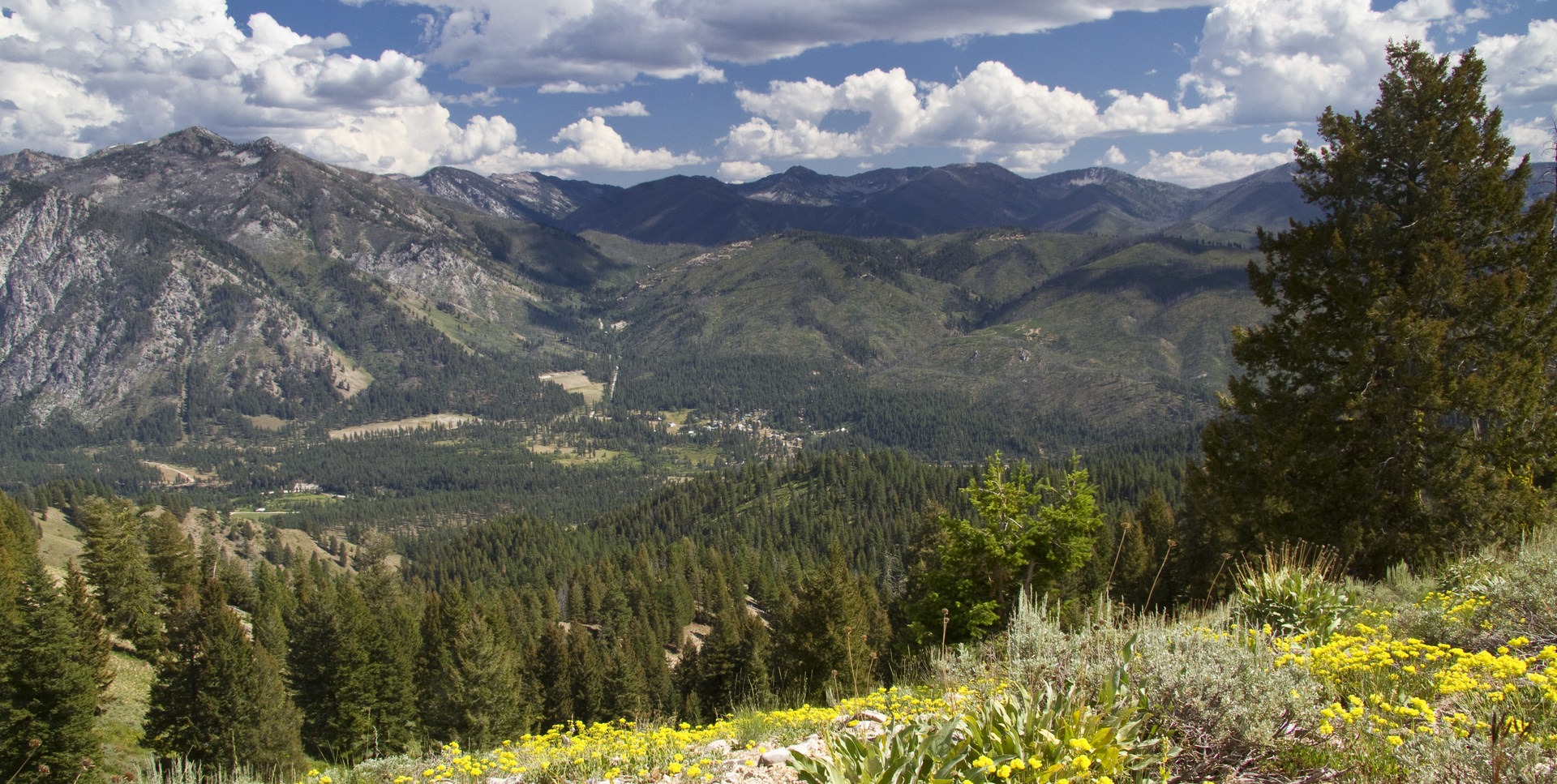

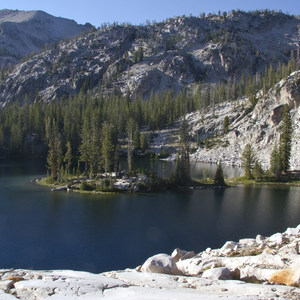



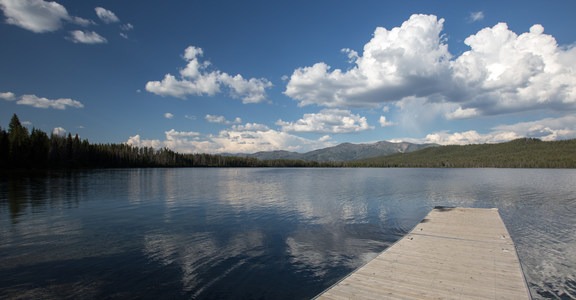
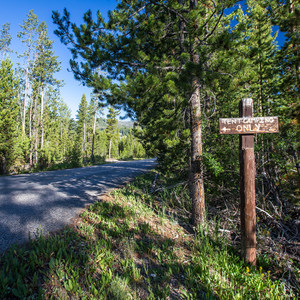

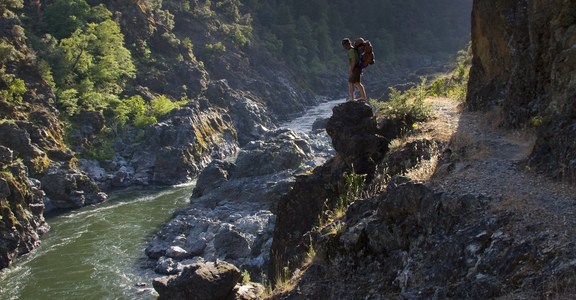
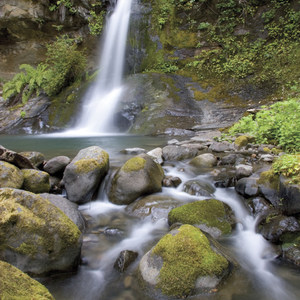
Comments
Sign In and share them.